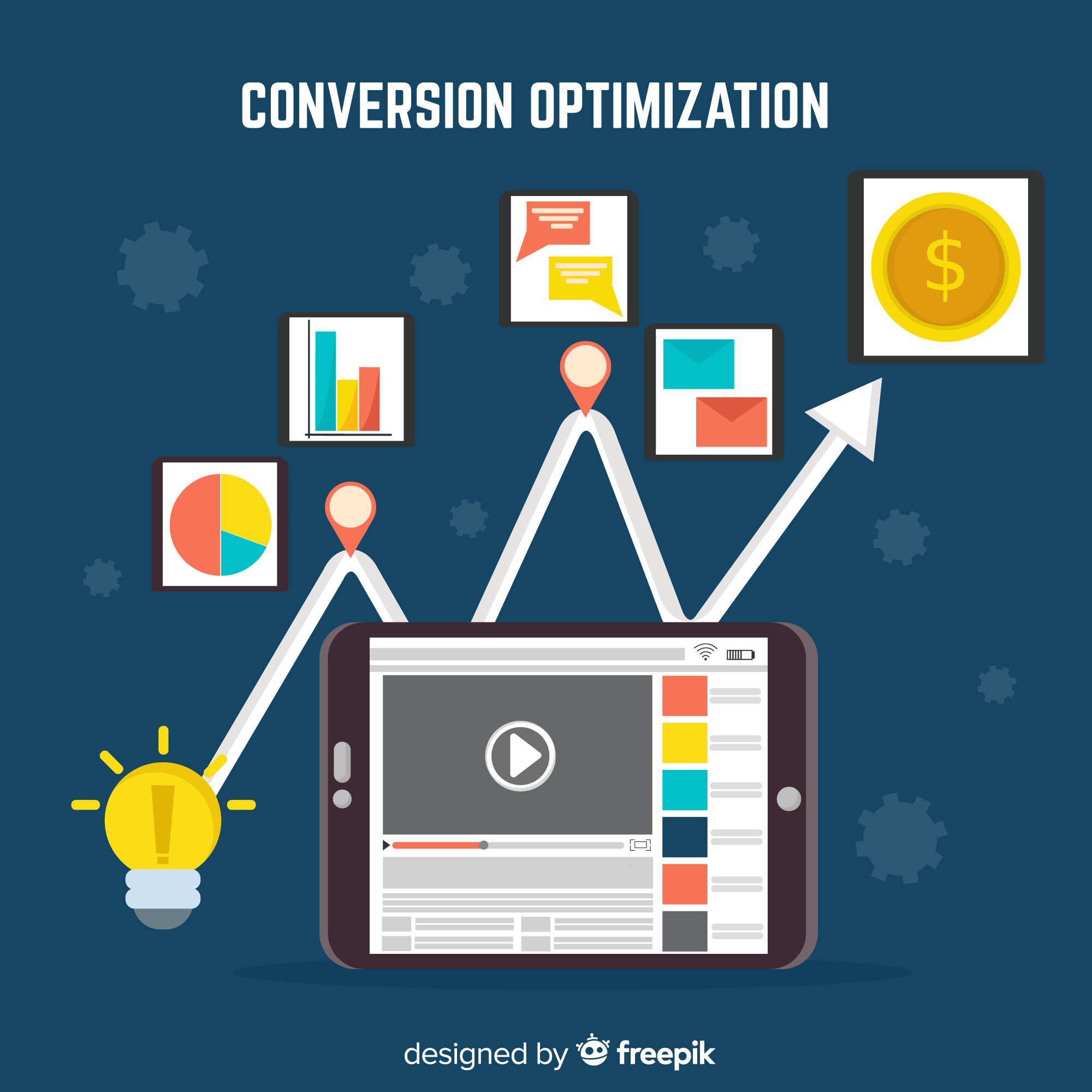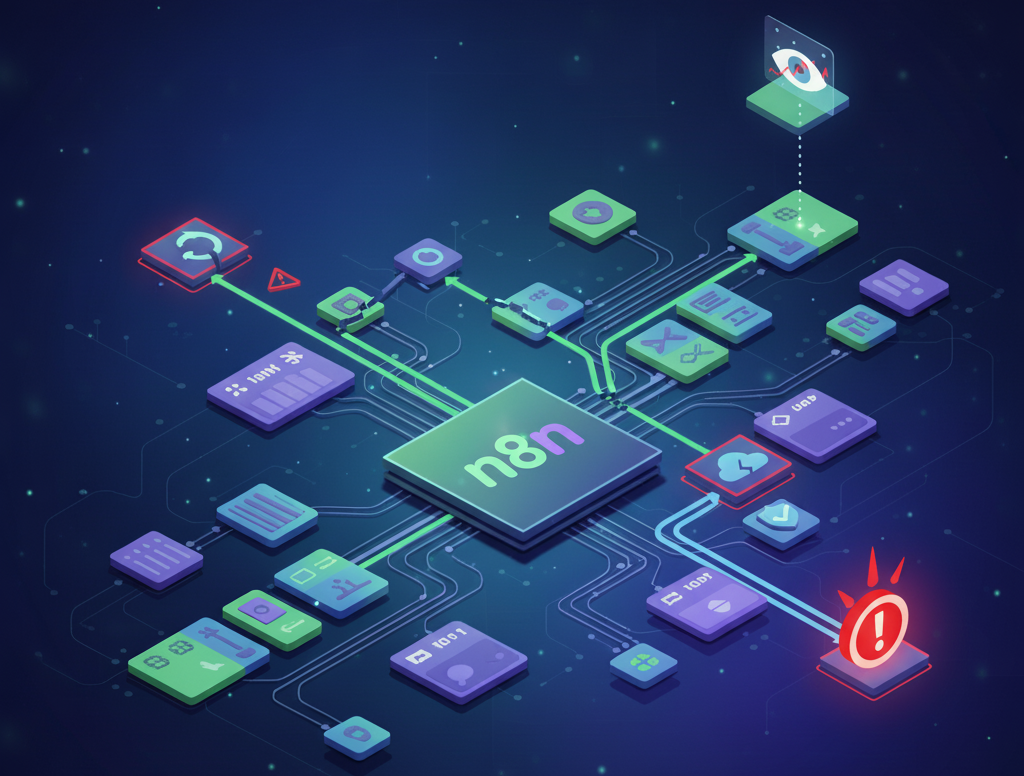Automation has quickly become the backbone of modern business operations, and n8n is one of the most popular platforms driving this shift. Its flexibility, open-source nature, and extensive integrations make it a favorite among startups, agencies, and enterprises alike. But as your workflows scale, one challenge becomes clear: performance.
Poorly optimized workflows can consume excessive resources, slow down execution, and even cause bottlenecks in mission-critical operations. Whether you’re running n8n locally, in Docker, or on the cloud, inefficiency translates to wasted compute power and higher costs.
The good news? With the right optimization strategies, you can significantly speed up n8n workflows, reduce resource usage, and improve overall reliability. This guide will walk you through practical techniques and best practices that will not only make your automations faster but also easier to maintain as they grow in complexity.
Why Workflow Optimization Matters in n8n
Before diving into the optimization tips, it’s important to understand why optimization should be a priority:
- Performance at Scale – A small workflow with a few nodes may run smoothly, but when you’re orchestrating dozens (or hundreds) of tasks daily, inefficiency compounds quickly.
- Cost Savings – On cloud platforms, resource usage directly translates to costs. Optimized workflows ensure you’re not burning extra CPU cycles or RAM.
- Reliability – Leaner workflows are less prone to crashes, timeouts, or unexpected failures.
- User Experience – If your workflows power customer-facing processes, faster execution equals happier users.
Think of optimization in n8n the same way you’d think of tuning a car engine—fine-tuning ensures you get maximum performance without unnecessary fuel consumption.
Common Causes of Slow n8n Workflows
Before fixing performance, you need to diagnose the issues. Here are some of the most common culprits behind sluggish workflows:
- Too Many Sequential Steps – Chaining too many dependent nodes can lead to long execution times.
- Unnecessary API Calls – Fetching data that isn’t used, or querying large datasets when you only need a subset.
- Inefficient Data Handling – Large payloads being passed between nodes without filtering or transforming.
- Overloaded Triggers – Workflows that fire too often or handle redundant events.
- Lack of Parallelization – Workflows running linearly when they could safely run steps concurrently.
- Improper Resource Limits – Default server configurations that don’t scale with workflow demands.
Now let’s move into actionable strategies to combat these issues.
1. Streamline Workflow Design
The architecture of your workflow plays a huge role in its efficiency. A poorly designed workflow can choke even a powerful server.
Keep It Modular
Instead of building one massive workflow that handles every task, break processes into smaller, modular workflows. Use n8n’s “Execute Workflow” node to call sub-workflows. This improves maintainability and reduces overhead, since smaller workflows are easier to optimize individually.
Avoid Redundancy
Audit your workflows for duplicate logic. If you’re performing the same operation in multiple nodes, consider centralizing it into one reusable sub-workflow.
Use Conditional Logic Early
Don’t let unnecessary nodes run when they don’t have to. Place IF nodes, Switch nodes, or Function nodes near the start of workflows to route execution efficiently. This reduces wasted execution downstream.
2. Optimize Data Handling
Data bloat is one of the most common performance killers in n8n.
Filter Early
Whenever possible, filter incoming data before passing it to subsequent nodes. For example, if you’re fetching a large dataset via API but only need 10% of the fields, strip the extra fields immediately.
Use “Set” and “Function” Nodes
The Set node allows you to define exactly which fields to pass along, while the Function node gives you complete control with custom JavaScript. Both can help slim down payloads significantly.
Paginate API Calls
Many APIs return paginated results. Instead of pulling massive datasets at once, handle results page by page. This prevents memory overload and keeps workflow execution snappy.
Cache Results When Possible
If your workflow repeatedly fetches the same data (like static configurations or reference tables), store it locally or in a lightweight database instead of hitting the API every time.
3. Reduce External API Bottlenecks
APIs are often the slowest part of any automation. While you can’t always speed up the external service itself, you can reduce its impact on your workflow.
- Batch API Requests – Instead of making one request per item, use batch operations if the API supports them.
- Retry Wisely – Use n8n’s retry mechanisms with backoff strategies instead of hammering APIs continuously on failure.
- Rate Limiting – Respect rate limits by adding deliberate delays with the Wait node, preventing throttling and failed runs.
- Parallel Requests – When safe, execute independent API calls in parallel instead of sequentially.
4. Leverage Parallelization
Sequential workflows are often the easiest to design, but they aren’t always the most efficient.
n8n allows you to run multiple branches of execution in parallel. For example, if you need to send data to both a CRM and an analytics platform, you don’t have to wait for one to finish before starting the other.
Using SplitInBatches or multiple parallel branches can dramatically reduce total runtime. Just be mindful of API limits and server load.
5. Use Function Nodes Strategically
While low-code nodes are great, sometimes using a Function node with custom JavaScript can consolidate multiple steps into one efficient block. For instance:
- Data transformation that would normally require multiple Set and IF nodes can be condensed into a single script.
- Complex conditional logic can be handled in fewer lines of code.
This not only reduces workflow complexity but can also make execution faster by eliminating unnecessary node overhead.
6. Optimize Triggers
Not all triggers are created equal. Poor trigger design can flood your workflows with unnecessary executions.
- Webhook Triggers – Use them for real-time precision instead of polling APIs every few minutes.
- Polling Triggers – If you must use them, set the interval thoughtfully. Ask yourself: Do you really need to check every minute, or would every 10 minutes suffice?
- Filter at the Trigger Level – Some triggers allow filtering events (like only processing new records). Enable these filters to avoid excess runs.
7. Manage Workflow Execution Efficiently
Beyond the design of the workflow itself, how workflows execute on your server also impacts performance.
Use Workflow Concurrency Settings
n8n allows you to set concurrency limits. This prevents too many workflows from overwhelming the server simultaneously.
Disable Unused Workflows
Inactive workflows still consume resources if left enabled. Regularly audit your workflows and disable ones that aren’t needed.
Set Execution Timeouts
Use timeouts to prevent runaway executions from eating up CPU indefinitely.
8. Tune Your n8n Infrastructure
Sometimes, the bottleneck isn’t the workflow itself but the underlying infrastructure.
Allocate Adequate Resources
Monitor CPU, memory, and disk usage. If you consistently hit resource limits, consider scaling up.
Use a Dedicated Database
For production setups, use a robust database (like PostgreSQL) instead of SQLite. This ensures faster query performance and better reliability at scale.
Horizontal Scaling
Run n8n in cluster mode or distribute workloads across multiple instances if you’re dealing with high-volume automation.
Optimize Docker Deployments
If you’re using Docker, configure resource constraints (--memory, --cpus) to prevent one workflow from consuming everything.
9. Monitoring and Logging
Optimization isn’t a one-time task—it’s an ongoing process.
- Enable Detailed Logs – Logs help identify slow nodes or bottlenecks.
- Use Monitoring Tools – Tools like Prometheus + Grafana can visualize workflow performance metrics.
- Review Execution History – Regularly review execution logs to spot recurring delays or failures.
10. Advanced Optimization Techniques
Once you’ve implemented the basics, you can move into more advanced strategies.
- Queue Mode – Offload workflow executions to worker processes, which improves scalability.
- Worker Segmentation – Assign resource-heavy workflows to dedicated workers.
- Lazy Loading of Data – Instead of preloading large datasets, fetch them only when necessary.
- Hybrid Automations – Use n8n in conjunction with serverless functions (AWS Lambda, Cloudflare Workers) for compute-heavy tasks.
Real-World Example: Optimizing a Marketing Automation Workflow
Let’s say you have a workflow that:
- Fetches new leads from a form tool.
- Enriches leads with data from multiple APIs.
- Sends the leads to both a CRM and email marketing platform.
- Logs activity into Google Sheets.
The unoptimized version might:
- Fetch all form submissions (including old ones).
- Process each lead sequentially.
- Send multiple API calls for the same enrichment data.
- Write every lead one row at a time to Sheets.
The optimized version would:
- Use filters at the trigger to fetch only new leads.
- Enrich leads in parallel.
- Cache enrichment data for recurring requests.
- Batch leads into groups before writing to Sheets.
Result: A workflow that runs 5x faster, consumes half the resources, and is less error-prone.
Conclusion: Building Faster, Leaner n8n Workflows
Optimization in n8n isn’t just about speed—it’s about scalability, reliability, and cost-efficiency. By streamlining design, filtering data early, batching API calls, leveraging parallelization, and tuning infrastructure, you can transform sluggish workflows into lean, high-performance automations.
The best part? These strategies don’t require advanced engineering skills. With a combination of smart design choices and careful monitoring, anyone can build workflows that run smoothly at scale.
If you’re serious about automation, treat optimization as an ongoing discipline rather than a one-time task. Review your workflows regularly, monitor performance metrics, and keep refining. The payoff will be faster processes, reduced costs, and happier teams.
✅ Key Takeaways:
- Design workflows modularly and avoid redundancy.
- Filter and slim down data at the earliest possible step.
- Minimize API calls with batching, caching, and smart retries.
- Run tasks in parallel where possible.
- Tune triggers, execution settings, and infrastructure for efficiency.
- Monitor and iterate continuously.
By following these tips, you’ll not only speed up your n8n workflows but also future-proof your automation strategy.



